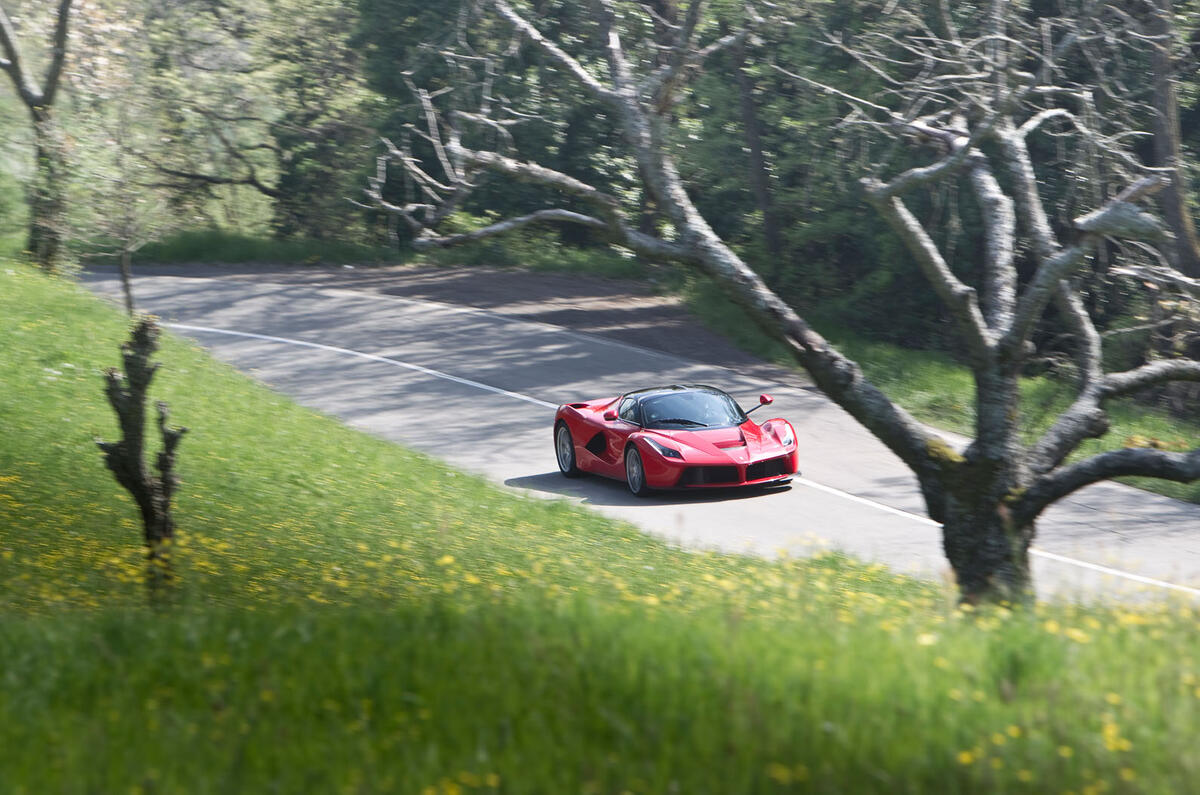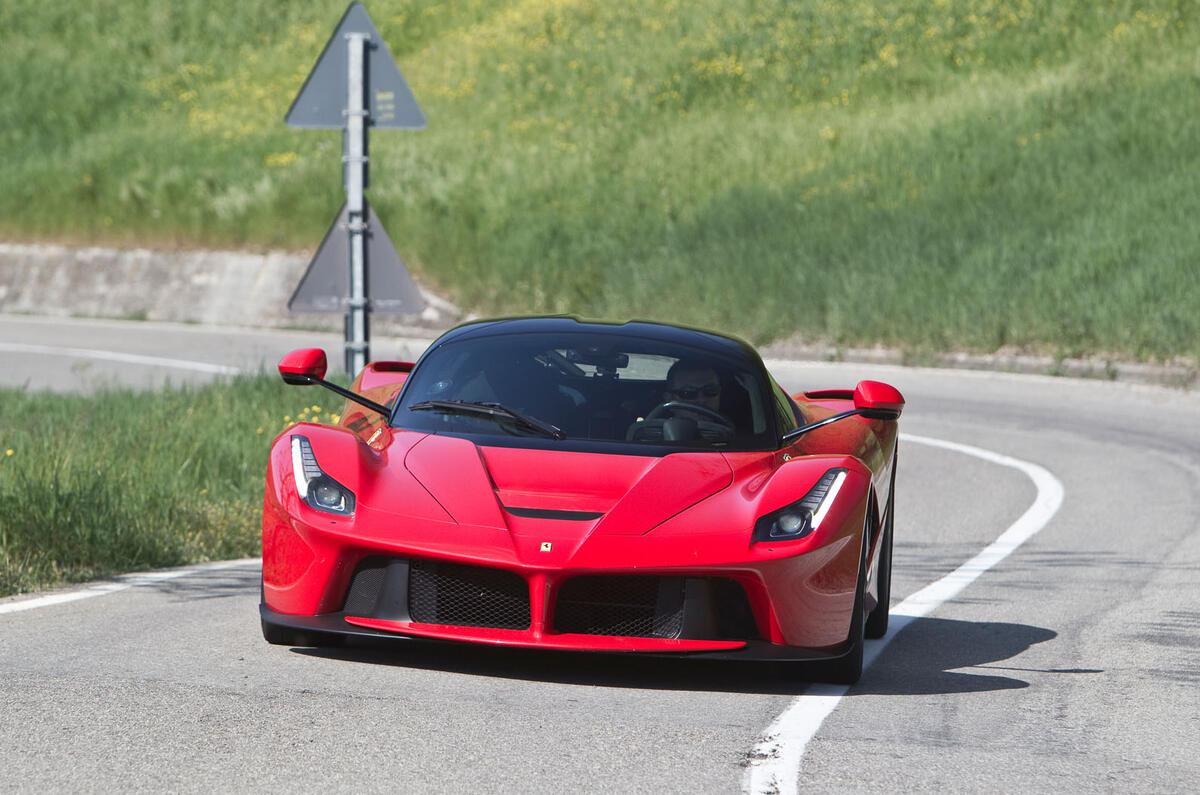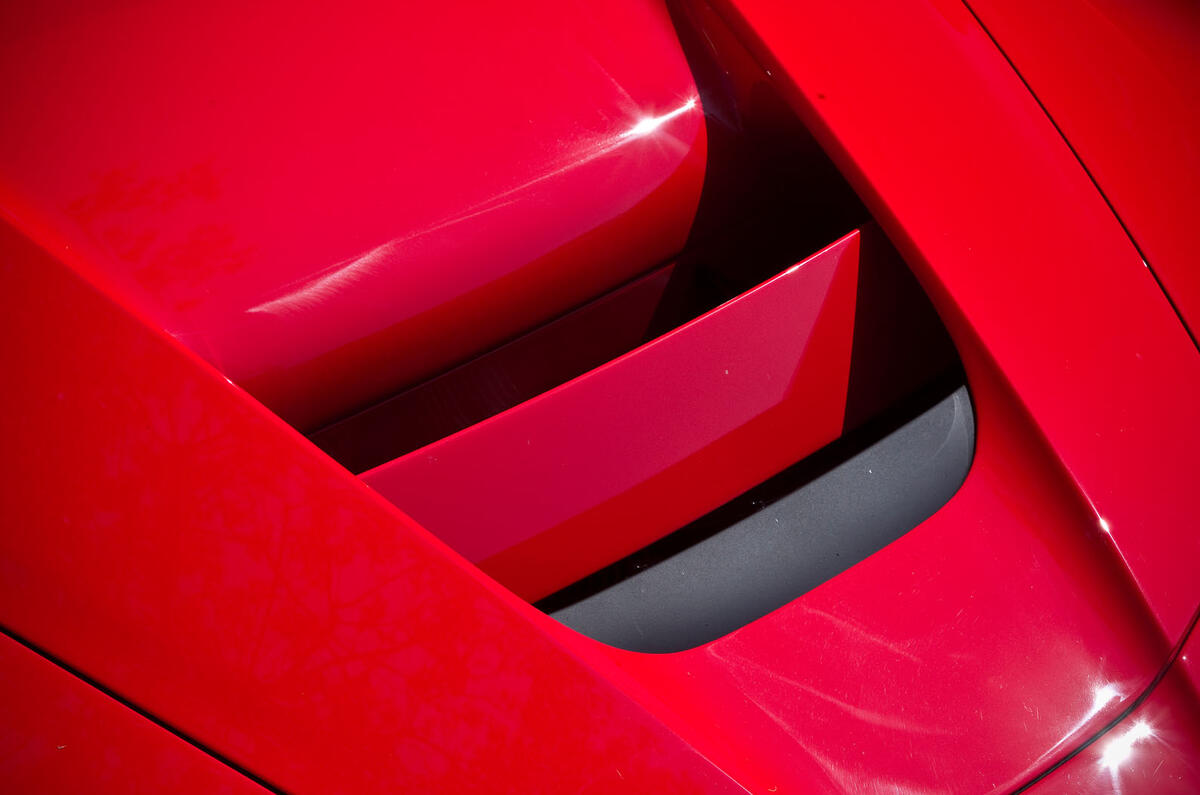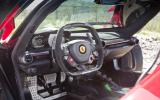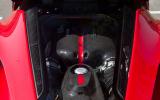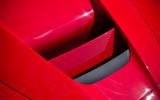The LaFerrari is very possibly the world’s fastest, most exciting hypercar. Which is some statement to make when there are machines such as the McLaren P1 and Porsche 918 Spyder to contend with.
The bottom line, however, is that LaFerrari has more power (a whopping 950bhp) and less weight to carry around than its prestigious rivals so figuratively, if nothing else, it quite clearly has the upper hand.
Either way, this is the ultimate Ferrari, and it has but four ancestors; the 288 GTO, the F40, the F50 and the Enzo, each of these being a limited series car, just like LaFerrari, of which just 499 will be made during the next two years.
At the centre of the car, behind its two fixed carbonfibre seats, sits a 6262cc naturally aspirated V12 engine that generates 790bhp at 9000rpm and 516lb ft of torque at 6750rpm. On their own these outputs would be sufficient to make LaFerrari more potent than the Scuderia’s last V12 F1 car, the 412T from 1995.
But also behind and beneath the seats sits a 60kg lithium ion battery pack which, via a 25.7kg electric motor, provides a further 160bhp and 199lb ft to give combined outputs of 950bhp and 715lb ft.
However, entirely unlike its rivals from Porsche and McLaren, the Ferrari’s power unit has been designed to produce its maximum outputs all of the time. There is no e-mode that can be engaged as such. Instead, the combustion engine and the Hy-KERS system have been engineered to work as one, with energy being constantly harvested on the move (via the brakes, the ABS system, the traction control system and even the E-Diff) to deliver full beans, as in 950bhp, whenever you want it.







